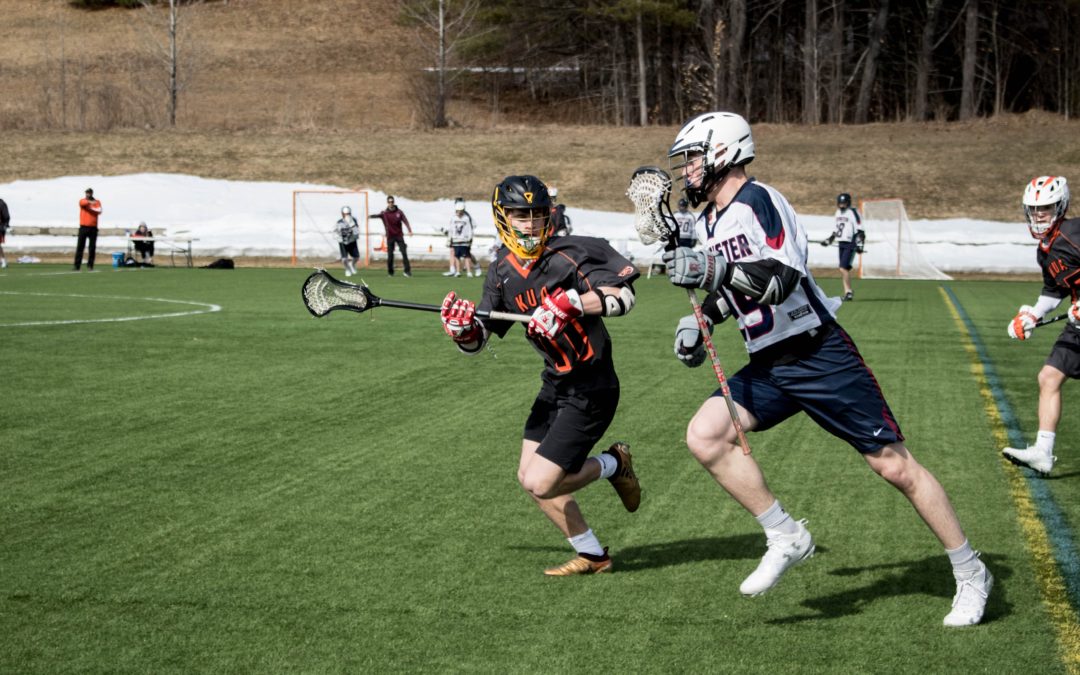Over the years, there has been the introduction of various sports. Ice hockey and lacrosse are two sports that are considered national sports in some countries, such as Canada. However, these two sports are very different. They differ largely on various aspects, including the tactics and skills necessary to play each game.
However, they also have some connections in terms of how they combine and how the skills of one of the two sports affect the other.
In What Aspects Are They Similar?
Most of the games’ similarities come from how they are played. For instance, both games involve scoring against the opponent. Teams gain points depending on the number of goals they score.
Additionally, these sports are physical. As a result, participants need to have adequate mental and physical strength. The physicality comes in where the players attempt to snare the ball from the opponent team. There are also strong, aggressive tackles in both sports. As a result, players must wear protective gear.
Other similar traits between Lacrosse and Ice hockey include the fact that training sessions are lengthy. Moreover, the games combine different skills to perfect, which is very demanding.
How Do They Differ?
Playing Field
This is the major difference between the two sports. Ice hockey has an oval-shaped field compared to the rectangular-shaped playing ground for lacrosse. Moreover, ice hockey is played on ice, while lacrosse is played on grass.
Number of Players
There is also a significant difference when it comes to field participants. For instance, ice hockey can only field six players. On the other hand, participants in lacrosse are ten.
Length of Each Game
The difference in the number of participants is an automatic indication that the lengths also differ. Each quarter in ice hockey can last up to twenty minutes. On the other hand, quarters go for roughly 15 minutes each.
How the Skills for Each Sport Interrelate
One certainty is that lacrosse players who can ice skate can also play ice hockey and vice versa. These players may exchange the following tactics and skills as they are applicable in both sports:
- Set-up plays and passing
- Hit dodging
- Accuracy in shooting and aiming
- Acceleration and explosive power
- Speed and lateral movements
- Physicality and endurance.

